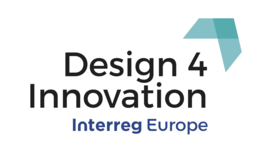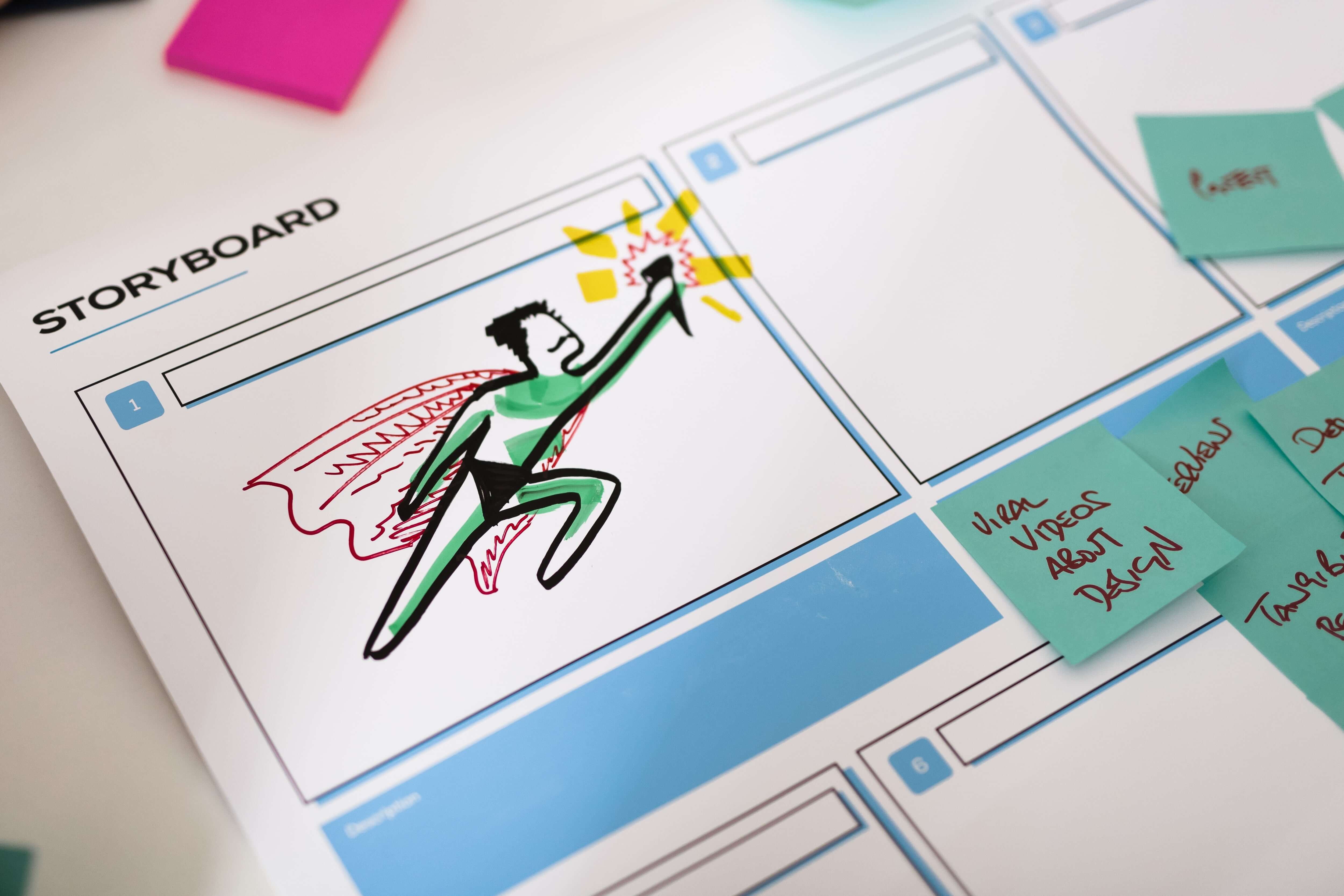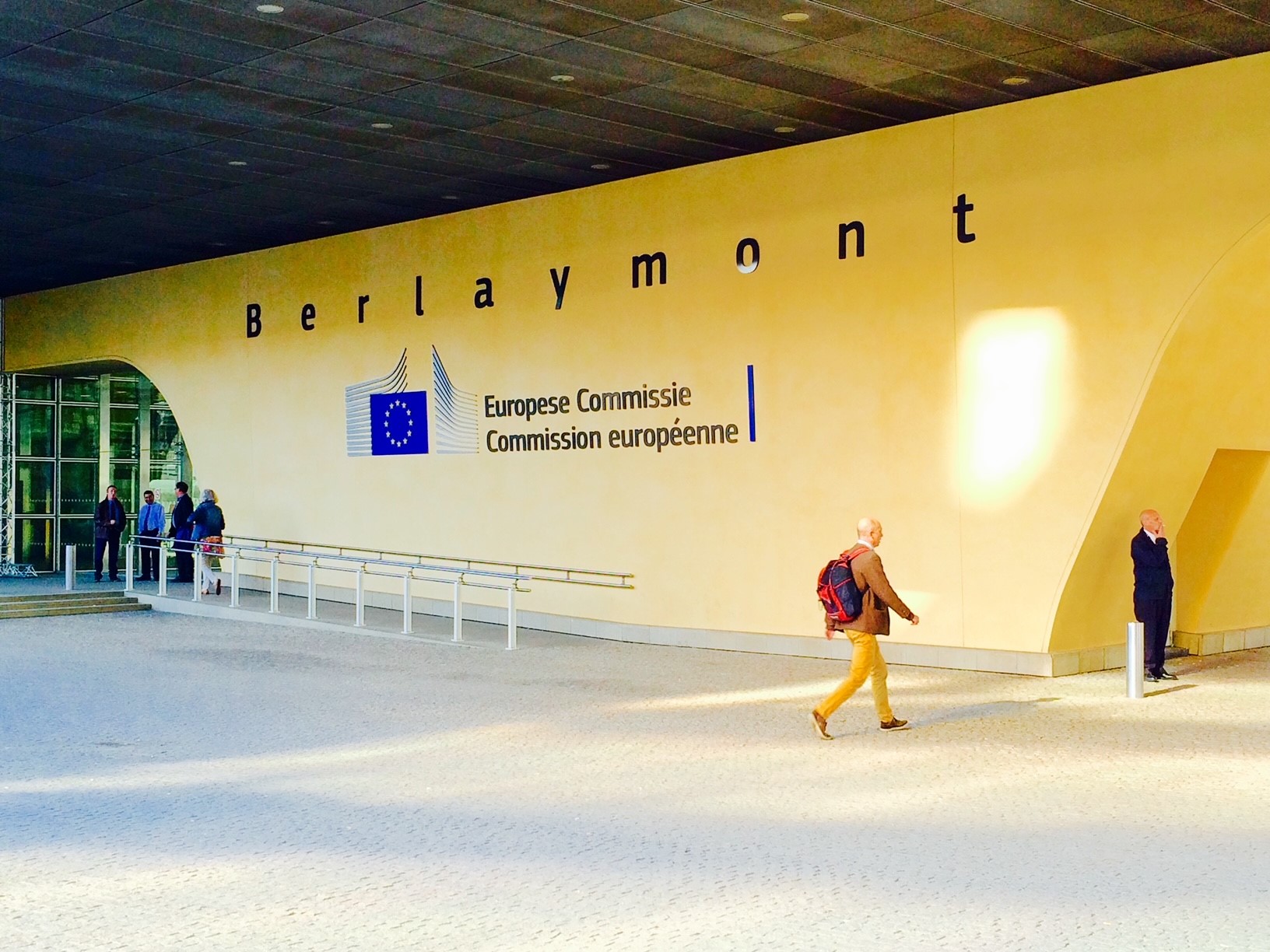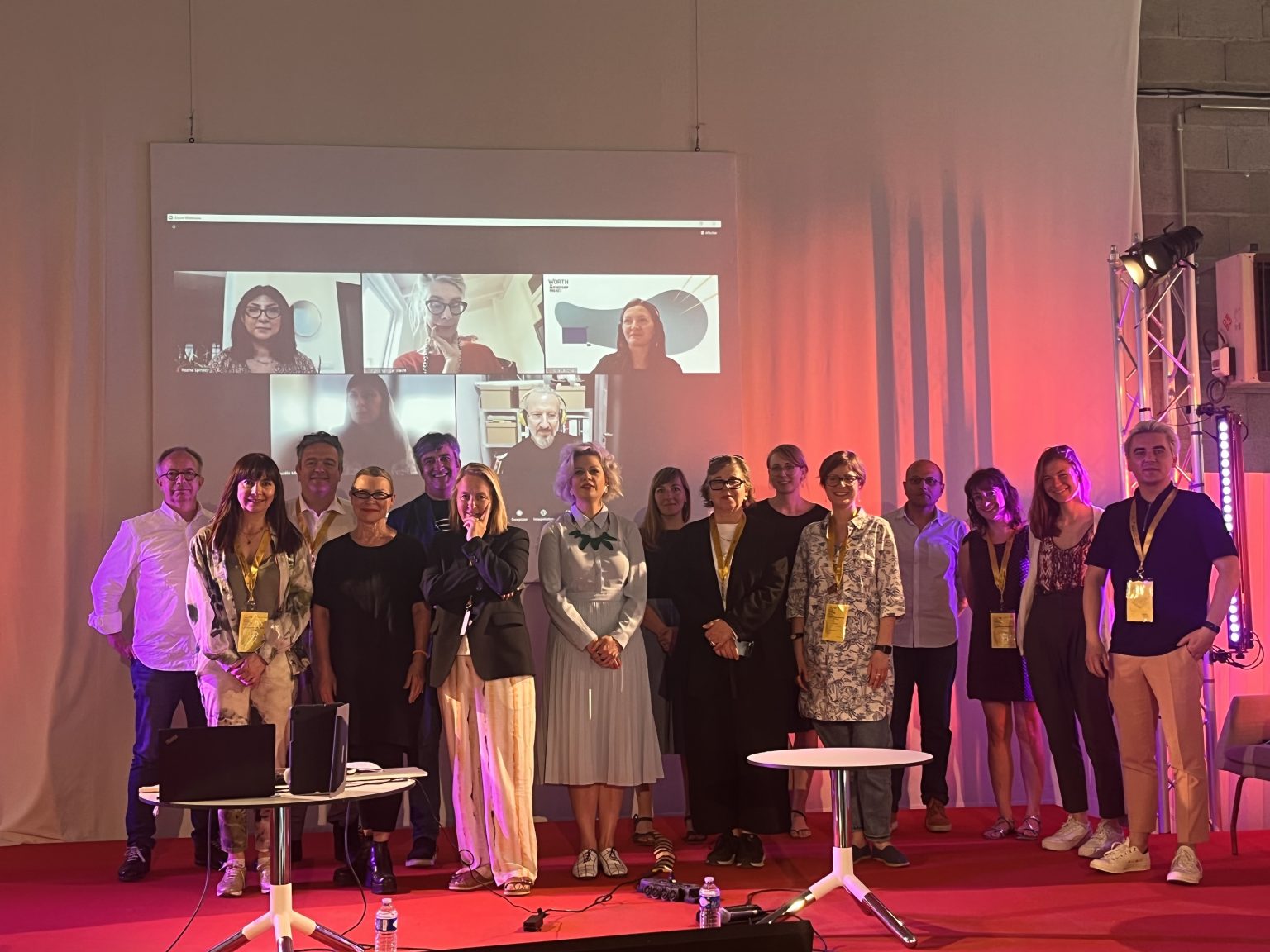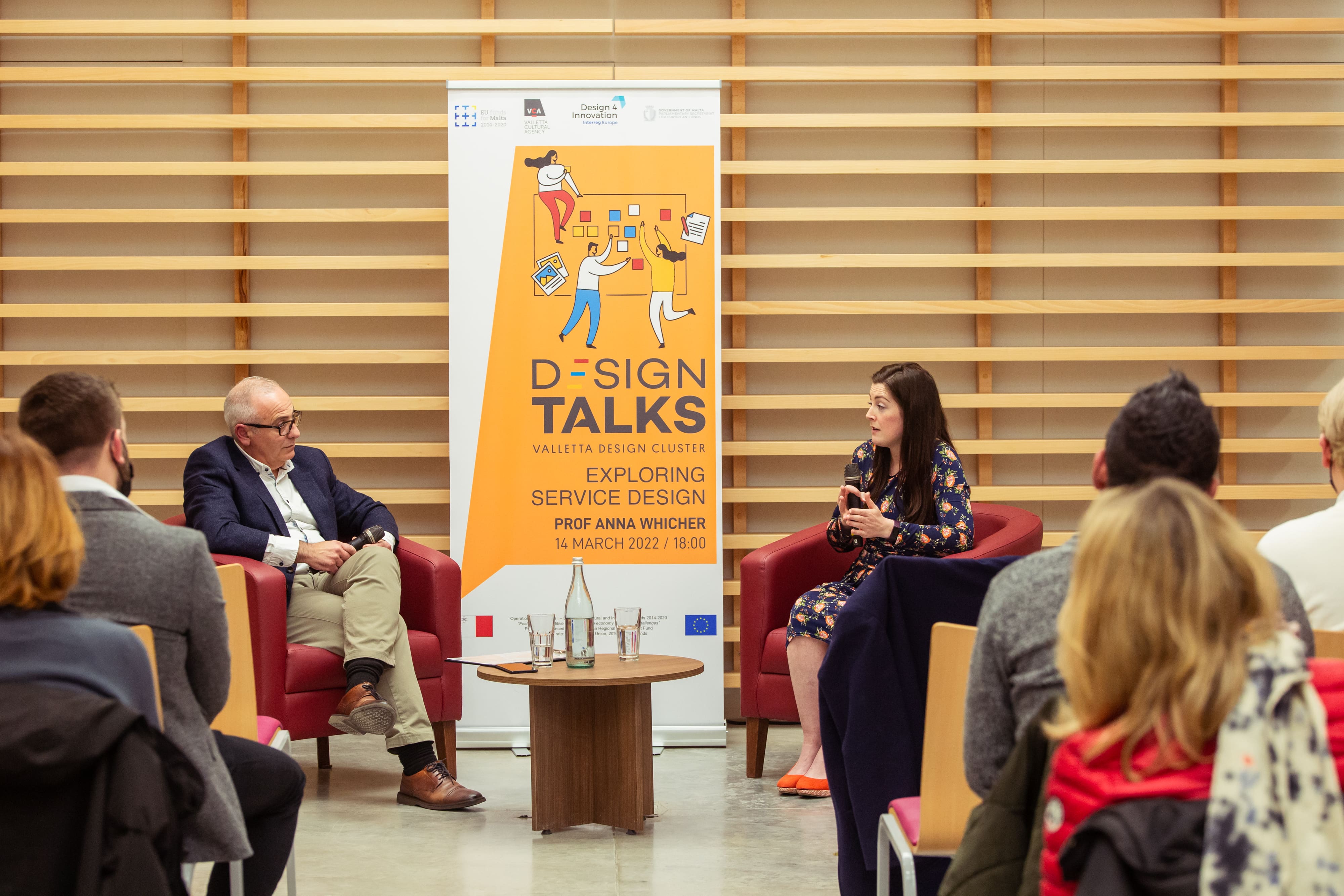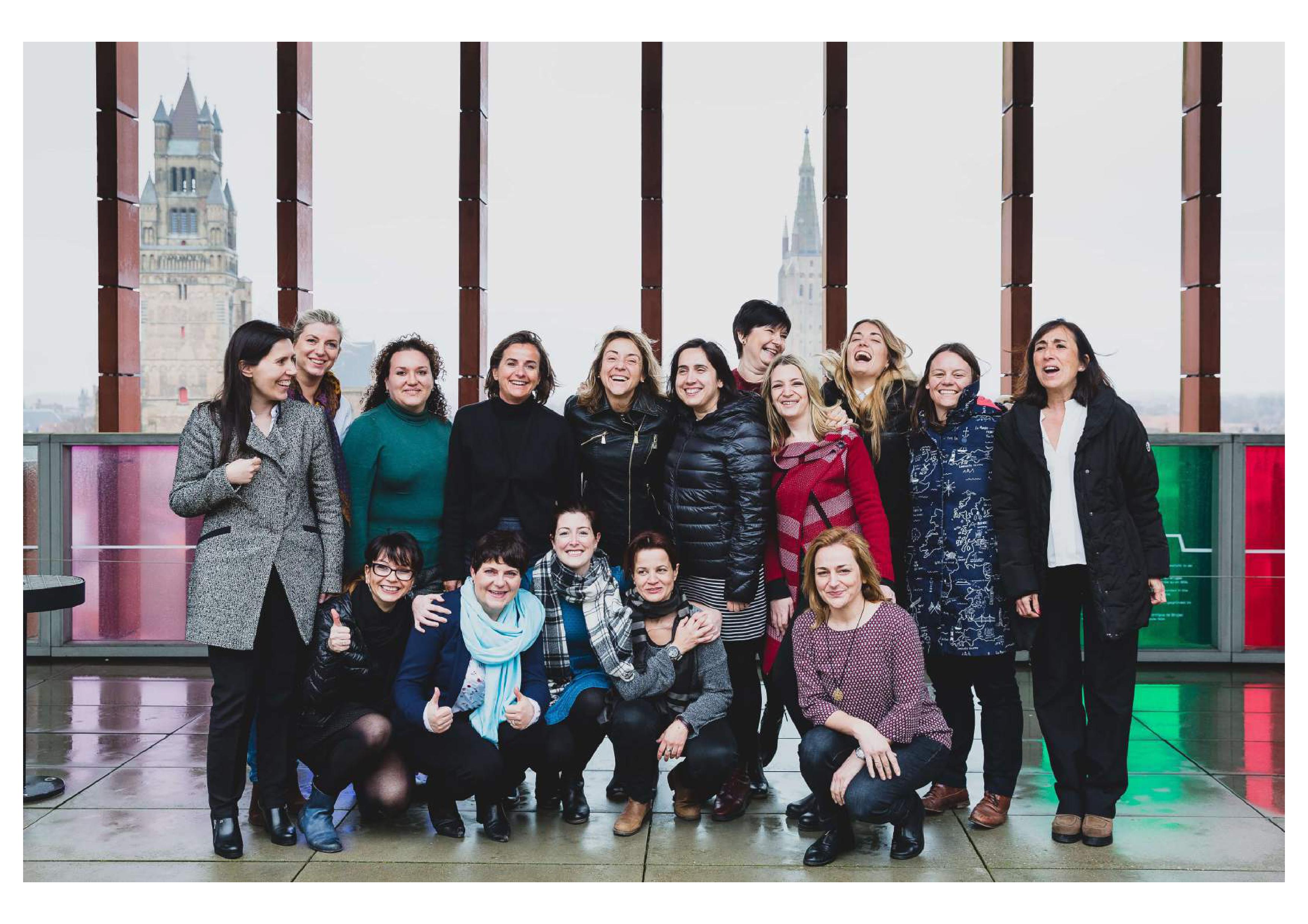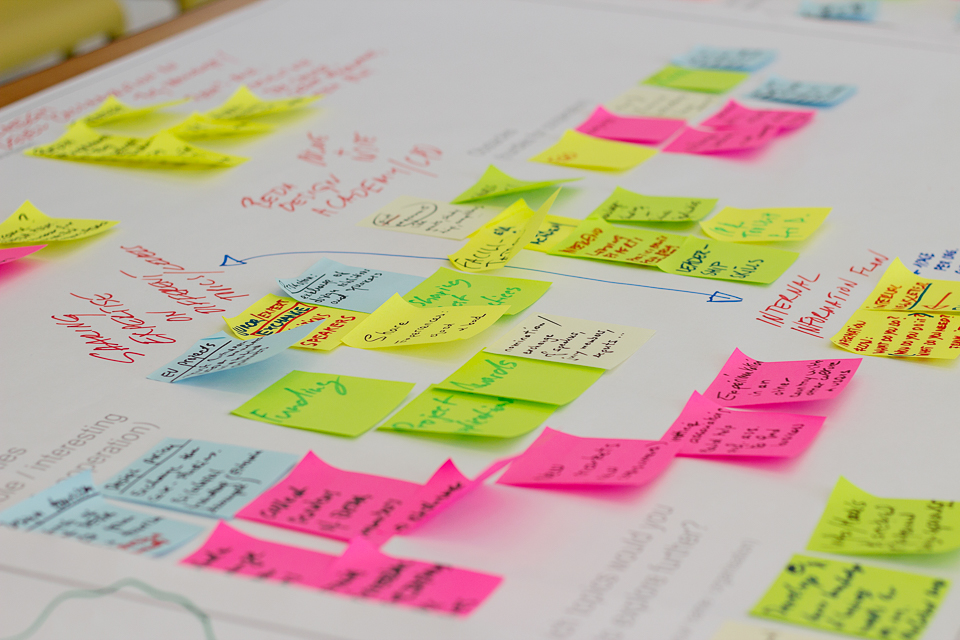Within the European Union, Small and Medium Enterprises (SMEs) form the backbone of the business community as they represent 99% of all businesses in Europe.
SMEs: what exactly are small and medium enterprises?
The definition of a small and medium enterprise (SME) is a living definition as it follows the changes in society and economics.
Firstly, all SMEs are enterprises, and according to the EU recommendation 2003/361, “an enterprise is considered to be any entity engaged in an economic activity, irrespective of its legal form. This includes, in particular, self-employed persons and family businesses engaged in craft or other activities, and partnerships or associations regularly engaged in an economic activity.” From an economic perspective, there are some criteria that help in the classification of an enterprise – namely the number of staff and either the company’s turnover or its balance sheet total. Using these, it is possible to easily distinguish between micro, small and medium-sized enterprises. Micro enterprises must not employ more than 10 staff, and their annual turnover or balance sheet must be less than 2 million euros. To be classified as a small enterprise, a company must employ less than 50 staff and its annual turnover or balance sheet has to be less than 10 million euros. Medium enterprises can employ up to 250 staff, and they must either have a turnover of less than 50 million euros or a balance sheet of less than 43 million euros.
Using these definitions of micro, small and medium-sized enterprises, we are able to explore the EUs enterprises in more detail. Remarkably, 92.8% of all the EU28 enterprises in the non-financial business sector are classed as micro enterprises, with 6% defined as small enterprises and those which are medium making up just 1% of the count.
In 2015, close to 23 million SMEs generated €3.9 trillion in value added, and employed 90 million people. This means that in 2015, SMEs accounted for almost three fifths of the EU28 value added in the non-financial business sector, as well as for two thirds of the EU28 employment, as reported in the annual Report on European SMEs.
Design versus bureaucracy
In SMEs, design relies on an implicit ability to foster creativity, interaction and collaboration and move focus from material assets to non-physical ones, all whilst contributing to an enhancement of the value of imagination, relationships and experience. Given its impact on R&D, design has the potential to enhance the start of innovation, and it has become one of the lead factors to drive this process.
One of innovation’s main adversaries, both in the public and private sectors, is bureaucracy. With an aim of reducing uncertainty and enhancing predictability, efficiency, stability and routine, bureaucracy lessens the scope for creation and consequently the opportunities for innovation. Design is a method of reducing uncertainty while fostering creativity through collaborative, multidisciplinary work on ideating, prototyping and testing new solutions rather than preventing them to happen.
Innovation means to do things differently, and a different way of doing something is always seen to carry a risk of failure. In times of economic crisis, enterprises all over Europe have been seen to struggle and innovation is vital for these companies to gain a better position and grow. Design has the ability to enhance, sustain and drive this new innovation paradigm for these enterprises. In a new open environment, collaboration between the private and public sectors is becoming more and more important, and design should certainly find its place to play an important a role.
In the public sector, across Europe, design is seen to bring user perspectives to policy development and a growing bank of evidence suggests that it is responsible for boosting economic growth, jobs and wealth.
In Europe there is an obvious gap between countries that are leaders in design initiatives and others that struggle with design infrastructure and capabilities. In this sense, knowledge exchange and cooperation in the fields of innovation and design policy are needed in order to create a more cohesive Union. The strategic use of design as a tool for user-centred and market-driven innovation has the potential to not only enhance economic growth and wealth, but also to improve the quality of life for the whole society.
________________________________________________________________________________________________________
 Pedro Asti, MA student in European Studies at the University of Padua.
Pedro Asti, MA student in European Studies at the University of Padua.
Among other subjects, I am particularly interested in innovation within the public and private sectors.
I am a strong believer that creativity, critical thinking and imagination are crucial skills for modern society to prosper and advance, as well as keys to solve today's complex problems all over the word.
